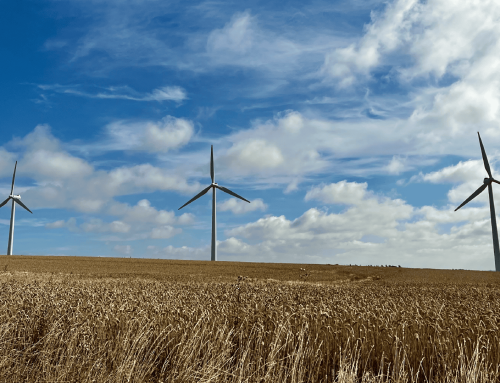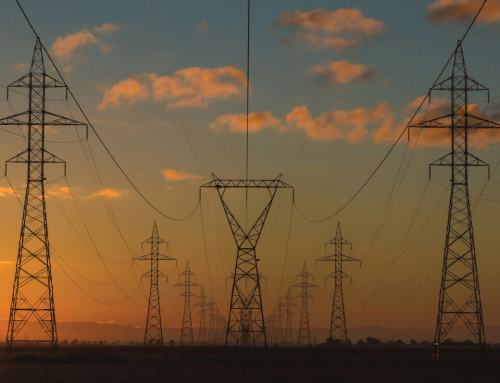Energy Shorts
In the last seven weeks, those who have been watching the oil markets would notice a 50% increase in cost. With a global market in oversupply, and crude stocks fast approaching their highest ever levels, it is right to wonder what might be causing this upward pressure.
The answer, in part, appears to be shorts! Traders have been getting out of their energy shorts, and fast! In fact, according to the U.S. Commodity and Futures Trading Commission, it was the largest on record.
In the last ten years, there have only been two other periods of energy shorts activity like this in 2009 and 2012, which also led to price rallies.
The upcoming meeting of the world’s largest oil producers (OPEC) to agree on production levels, has also had an impact. However, this will likely be a difficult discussion for them. If production levels fall, oil prices will rise, the U.S. shale will boom again, and they will lose market share, and their revenues decline. If they don’t, then the oversupply continues, oil prices drop, and their incomes fall.
The Natural Gas market, by comparison, has been falling over the same period – at least spot prices anyway.
According to the EIA, natural gas will overtake coal as the primary source of generation in 2016. This swing from coal to natural gas-fired generation will continue to remove surplus from the market, which, combined with the increasing level of LNG exports, will no doubt impact prices down the line.
If you are consuming energy, you will know that oil, natural gas, and electricity are inextricably linked, therefore having a clear strategy to navigate your company through all the ups and downs is imperative. Vervantis has several risk management and procurement solutions for all types of commercial and industrial energy consumers, designed to protect organizations from price increases while keeping them competitive by following markets down when they fall.
For more information, you can make contact here or speak to one of our sourcing team by calling: 1-888-988-5474













